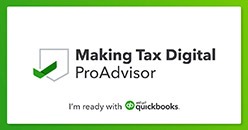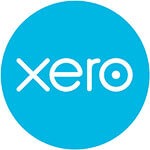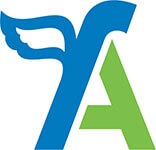If you’re a sole trader or landlord earning over £50,000 annually, a significant change is on the horizon. From 6 April 2026, you may be required to maintain digital business records and send quarterly updates to HM Revenue and Customs (HMRC) under the new Making Tax Digital (MTD) for Income Tax rules.
This represents one of the most substantial changes to Self Assessment since its inception. While there are potential advantages, it will also bring considerable adjustments to the way you manage your finances.
What’s Changing?
Under MTD for Income Tax, individuals who meet the criteria will need to:
• Keep digital records using MTD-compliant software.
• Submit quarterly reports detailing income and expenses to HMRC.
• File a digital end-of-year submission (replacing the traditional Self Assessment tax return).
The qualifying income threshold is based on total earnings from self-employment and property (before the deduction of any expenses or allowances).
The aim of MTD is to move the tax system towards more regular, digital reporting. While some may find that it improves financial organisation and reduces mistakes, it also signals the end of the familiar once-a-year tax filing process for many.
The Pros and Cons
Potential advantages of the new system include:
• More frequent, up-to-date insights into your tax position.
• Possible time savings at year-end if records are maintained accurately throughout the year.
• A reduced risk of errors in your tax reporting.
However, there are challenges to consider:
• Increased administrative responsibilities, with four quarterly updates and a final year-end submission.
• The need to purchase or subscribe to suitable accounting software if you do not already use one.
• A learning curve for those less confident with digital bookkeeping.
For many sole traders and landlords, the main adjustment will be moving away from handling tax once a year, towards more regular digital record-keeping.
What Happens Next?
MTD is being introduced in stages and will eventually apply to any self-employed person or landlord with qualifying income exceeding £20,000.
• From April 2026, self-employed individuals and landlords with income over £50,000 must comply.
• From April 2027, the threshold will lower to £30,000.
• From April 2028, it will drop further to £20,000.
HMRC is currently encouraging businesses to join the testing programme, allowing them to familiarise themselves with the new system ahead of the mandatory deadlines. There will be no penalties for late submissions during the testing phase, providing a useful opportunity to get comfortable with the new requirements.
How We Can Support You
Whether you need assistance selecting the right software, setting up your digital records, or simply understanding the upcoming changes, we are here to help. Every business is different – some may require only small adjustments, while others could face more significant changes.
If you would like to discuss how MTD will impact you or how best to prepare, please get in touch.









